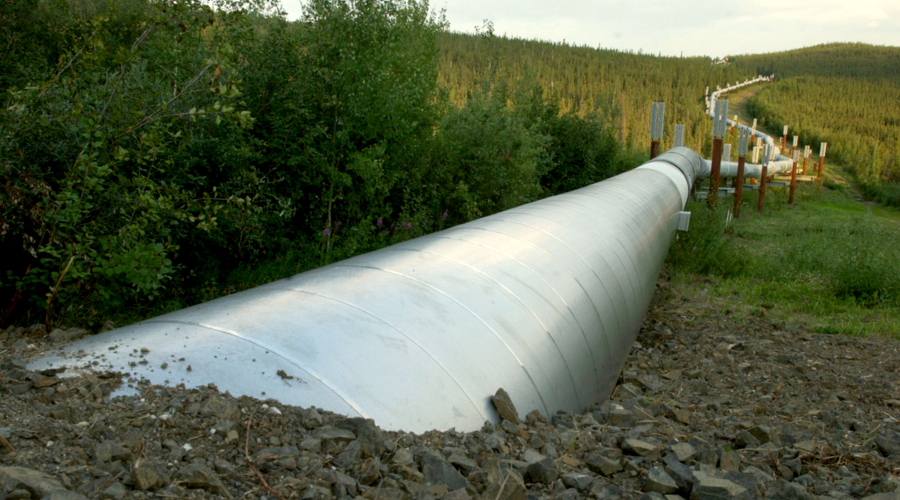Decision on TransCanada’s Energy East closer than ever as federal board begins review

Canada’s National Energy Board has begun its review of TransCanada’ (TSX, NYSE:TRP) proposed Energy East oil pipeline, increasing the number of participants who are able to comment on the project.
The NEB said that the procedure, which will take 21 months to complete, will include hearings along the 4,500-kilometre route from Alberta to New Brunswick. At the end of that period, the board will report to Ottawa on whether the pipeline is in the national interest.
While the official review is just beginning, debate around the project has already become polarized.
According to the federal board, this will be one of its most innovative and extensive project reviews ever and one in which all Canadians will have an opportunity to weigh in.
While the process will consider greenhouse gas emissions caused by the construction of the $15.7-billion project, potential upstream emissions will be left to Environment and Climate Change Canada to tally and for the federal cabinet to factor into its final decision.
TransCanada welcomed the news. For the company, which failed to win US approval to build its Keystone XL, the beginning of the review process represents an important milestone after three years of analysis and debate.
“We look forward to participating this fall in the panel sessions to be held by the NEB along the proposed pipeline route, while continuing to actively listen and respond to input,” TransCanada’s Energy East president John Soini said in an e-mail statement.
$55 billion-benefit
While the official review is just beginning, debate around the project has already become polarized. Opponents, including environmental groups, some First Nations and politicians already forced the company to modify its original proposal on claims some aspects of it, such as the construction of a marine terminal at Cacouna, Quebec, would have damaged beluga whale habitat.
Supporters, including oil industry players, along with the premiers of Alberta, Saskatchewan and New Brunswick, have come out in favour of Energy East.
According to Saskatchewan Premier Brad Wall, who met this week with New Brunswick Premier Brian Gallant, the pipeline will generate $55 billion in economic benefit for the country and create over 3,300 operational jobs across Canada.
TransCanada expects the pipeline to be in operation by 2020, delivering 1.1 million barrels of oil per day from Western Canada to refineries in Quebec and New Brunswick and allowing for exports out of the port of St. John, N.B., on Canada’s Atlantic coast.

{{ commodity.name }}
{{ post.title }}
{{ post.date }}

2 Comments
Altaf
What I fail to understand is why Canada is so obsessed with shifting its oil to east coast? Why they want to depend so much on US and European markets? It is shorter and cheaper for them to build a pipeline to BC Port. The most energy hungry nation on the planet China is just across the sea. Unlike US whose beurocrats wont allow even piped oil (XL Pipeline) into their borders, China will take even heavy oil sands and process it. In fact Middle East oil has to cross half the globe to reach China, Korea, Japan. For Canada it is very near they can undercut ME oil to China. With the amount of oil sands available in Canada and the amount of oil that China needs, its a natural path for Canadian oil to flow to China
Sam Bowles
As I understand it, the BC route has been blocked by aboriginal leaders. It is shorter to the Pacific by the map but the route through the mountains is very difficult. BTW, the Keystone was blocked by Gates and Buffet and Soros. They hold big interests in CNRR and US RR. They make tank cars. The cars are filled with tar sand sludge, emptied at the southern end, refilled with solvents from the chemical factories in La. They make a killing both ways.